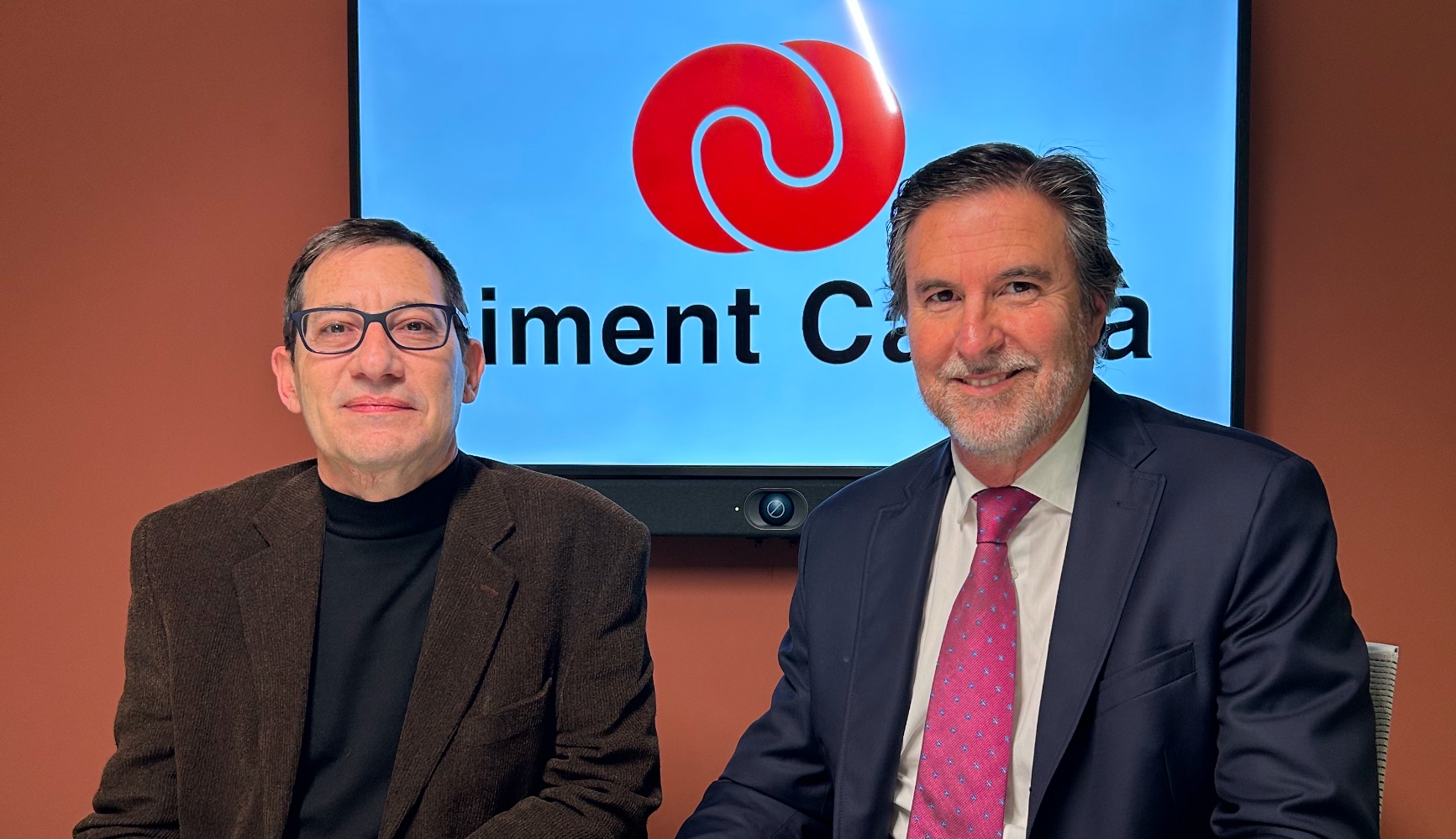The Board of Directors of Ciment Català, chaired by Salvador Fernández Capo, has appointed Albert Avellaneda Bargués (Barcelona, 1966) as the new director of the organization, a role he has started this week.
Until now, Albert Avellaneda has served as the head of the Best Available Techniques (BAT) section within the Directorate-General for Climate Change and Environmental Quality of the Department of Territory, Housing, and Ecological Transition of the Generalitat de Catalunya. He holds a degree in Biology from the University of Barcelona (UB) and a master’s degree in Environmental Engineering and Management from the Polytechnic University of Catalonia (UPC).
He has mainly developed his professional career in the public sector, in areas such as pollution prevention and control, research and information on clean technologies, environmental management, and investment certifications with environmental improvement objectives. He has extensive knowledge of the regulations applicable to environmental issues, urban planning, and administrative procedures.
He has also provided training on topics related to his professional field as a speaker at various conferences, congresses, and seminars, or as a professor in several master’s programs and courses. Additionally, he has published work on best available techniques applicable to different sectors. He specializes in the environmental improvement of industrial processes for more sustainable production.
The new director of Ciment Català assumes, among other responsibilities, the coordination of technical committees, representation activities before public administrations, and participation and involvement in conferences and seminars related to industry, the environment, sustainability, and the Circular Economy.
Upon his appointment, Avellaneda expressed his interest in continuing the work initiated and carried out by the association in recent years, focused on promoting a competitive cement industry that supports social well-being and is committed to the protection of natural and environmental surroundings.

